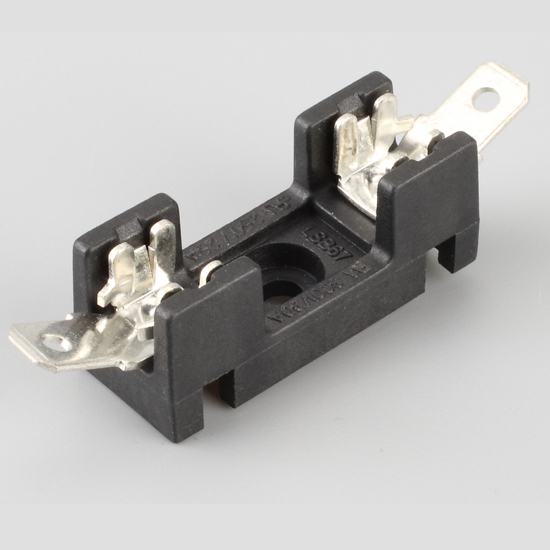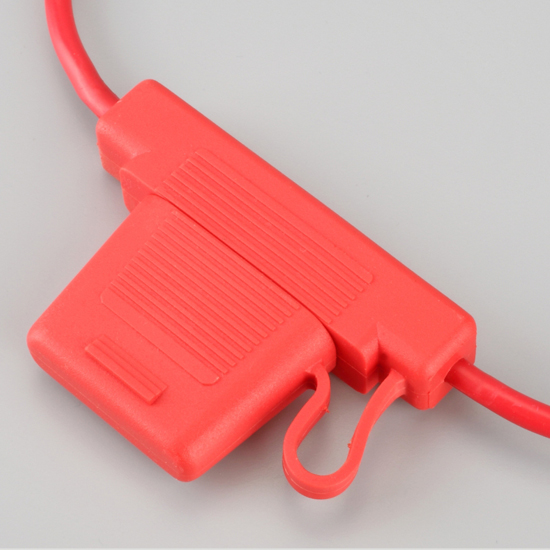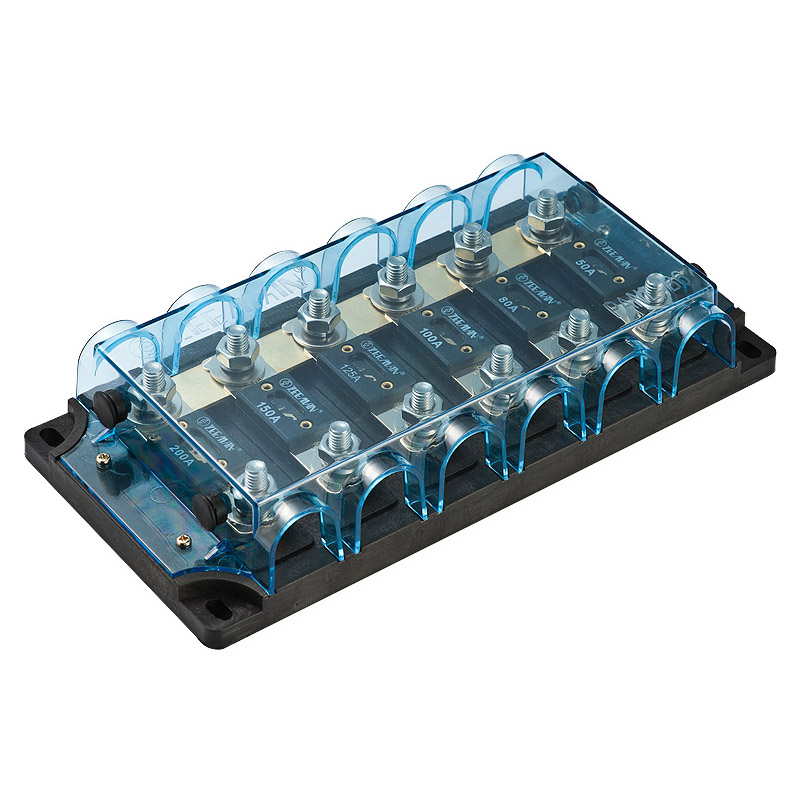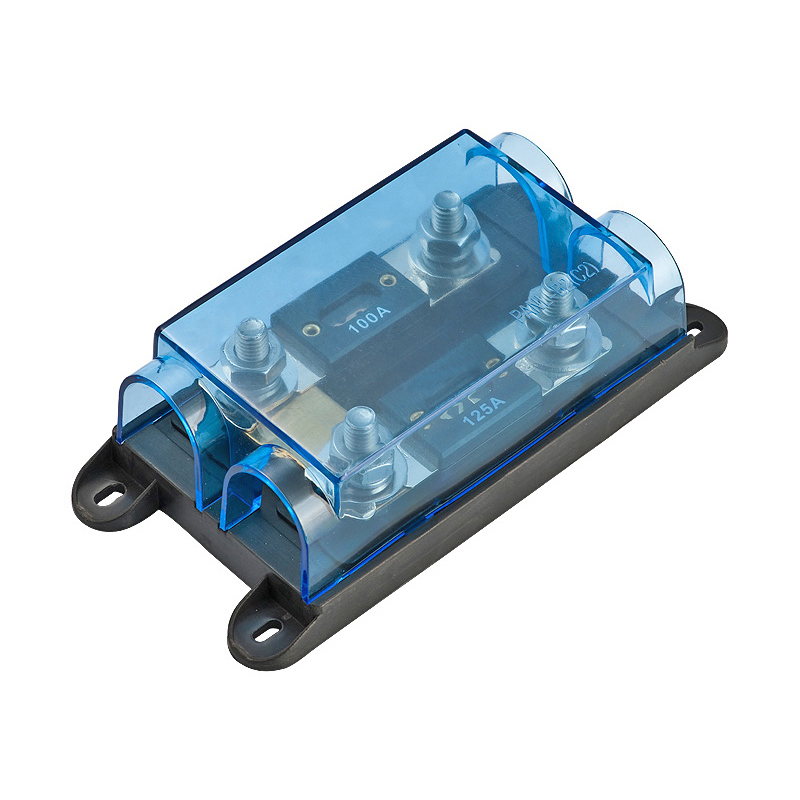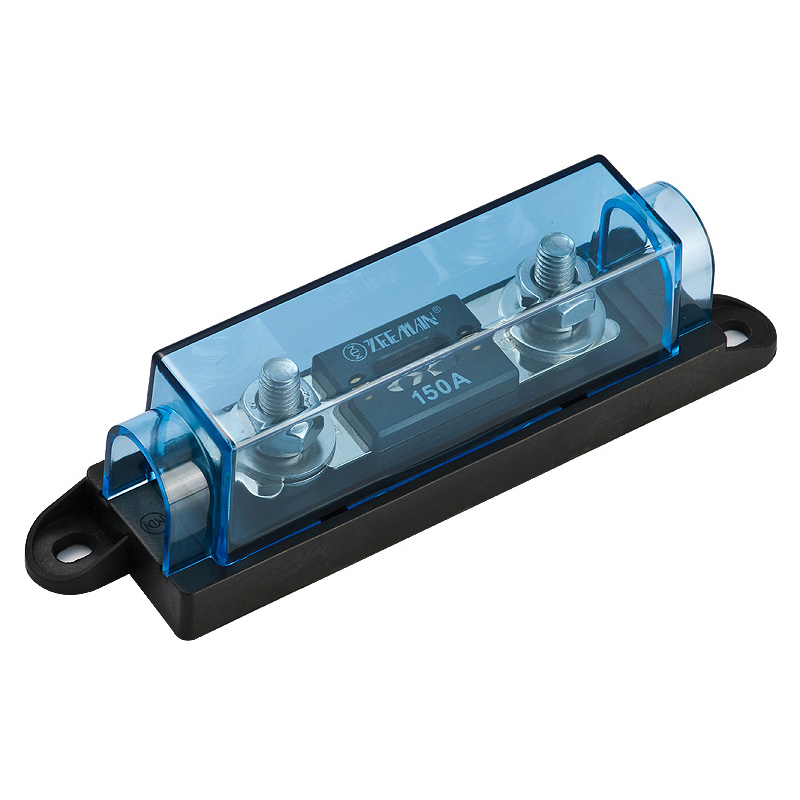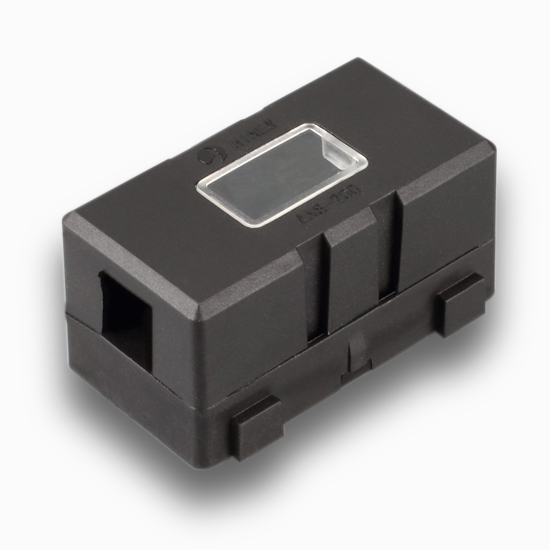Fuse, also known as fuse, is used to protect the safety of the circuit.They are installed between various power supply devices and loads. When the current is too high, fuses will be triggered to work (commonly known as "burn off"), which interrupts the load from the power supply and reduces the risk of equipment damage or even fire caused by overcurrent.
Blown fuses must be discarded and replaced, which is the main difference between them and a functionally similar circuit breaker -- the circuit breaker is resettable.But fuses are cheap and easy to replace.The new fuse should have the same voltage and current rating as the old one.The safety mechanism provided by fuses makes them excellent assistants for various applications.
How a fuse works
A fuse is a "weak link" in a circuit, which is exactly what it should be.There is usually only one piece of very thin wire inside the fuse, which is the impedance component.This wire will connect to the circuit.
When the current flowing through the circuit is too high, the wire heats up and melts, leaving gaps between the contacts and the circuit breaks.The current then stops, preventing the danger of overheating the circuit and preventing fires caused by electrical problems.
Different types of fuses have different rated current, allowing the user to know how much current the fuse can carry without blowing out.
The speed mark of a fuse indicates how long it takes for an overcurrent to fail.Fusing fast fuse is a good choice for the equipment which is sensitive and easy to be damaged by high temperature.
When choosing fuse, must consider all sorts of different factors, in order to decide the fuse of choose and buy accords with specific need.Besides the rated current of fuse, dimension, speed, still have the energy that releases after considering fuse to burn out, avoid to buy the fuse that can release too much energy, cause harm to equipment and user.
In low voltage applications, being able to solve voltage drops is also a good thing.Voltage drop refers to the voltage loss that occurs when the voltage passes through a passive device (such as a fuse).
Application of fuse
As mentioned earlier, the main purpose of a fuse is to protect the circuit from overheating.Wires can only carry a certain amount of current, and too much of it starts to heat up.
In some cases, the wires can be so hot that they melt away the insulation nearby, which can be dangerous.Modern fuses have been used in a variety of applications and devices such as automobiles.In fact, fuses are the most common electrical components today, and their use is related to their safety features.
Manufacturers, builders and consumers want to minimize personal injury and related liability, and fuses can "shut down" devices just before they become dangerous.
Fuses are easy and cheap to replace, either by hand or with a wrench, and the cost of replacing fuses is negligible compared to the huge cost in money and time caused by overheating.
Type of fuse
Because of its wide range of USES, the market offers a wide variety of fuse types.Many industrial production facilities will use high pressure application model, the automotive industry is the same.They are specifically designed to make fuses easy to replace so that the end user can get the device or car back to work as quickly as possible.Fuse used to be a necessary part of every household, but the emergence and introduction of home circuit breakers, fuse in the home market has become useless.
Car fuse
Automotive fuses help keep all electrical wiring and components in the car safe.Four different types of automotive fuses are suitable for different applications in the car.
They are blade fuses, glass tube (Bosch) fuses, fuses and current limiting fuses.They can be provided in the form of a clip, a fuse holder for connecting wiring harnesses, or a box.
Blade fuses are easy to replace, just pull out the old one and plug in a new one to finish the job.
They come in 6 sizes and are available in different ratings.The six sizes of blade fuses are called MAXI, ATO, Mini, low side high, Micro2 and Micro3 fuses.
Most cars require two fuse boxes.One is under the hood and the other is under the dashboard.If a fuse blows, just open the fuse box, find the fuse from the car's manual or label, and pull out the burned fuse.
Although it is not difficult to remove the fuse by hand, tools can be used to help remove the fuse if it cannot be removed.If the fuse is blown out, replace it with the same type of product.The replacement process is quick and simple and saves maintenance costs.
Bolt welded fuse
Bolt welding fuse is a common fuse in industrial application.They are cylindrical and have connecting plates at each end, and the user screws a fuse to the circuit.They have a wide range of sizes and rated current ranges, making them very versatile.They generally have low power loss and are often used for high density mounting applications.
Bottle fuse
Bottle fuses come in 5 sizes and have the same bottle mouth diameter as the adapter screw hole.This prevents the user from connecting the wrong type of fuse to the circuit and causing a hazard.After the bottle breaker is burnt out, the color display of the fuse bottle will pop up to let the user know the fuse is burnt out and the circuit condition occurs.
Tubular fuse
The tubular fuse has contacts at both ends and a fuse suitable for 240V circuit in the middle.There are many types of tubular fuses, such as those with metal ring fuses rated at 60A or larger blades with contact plates at both ends. These fuses protect circuits up to 600A.
Weld fuse
A welding fuse is a fuse with a metal strip.There are different types of welds, such as the previously mentioned bolt welds, chip welds or slotted welds;The solder strip can be welded at either end of the fuse, in the center, or in a bias position for different applications.
Self - replicating temperature fuse
Self - replicating temperature fuses are very useful in preventing damage caused by overheating of heating products.These fuses work in a similar way to resistors, in particular by adjusting the level of resistance according to temperature, so they are "smart" compared to conventional fuses.
Under normal conditions, the center of the fuse will remain solid, but when the temperature rises to the default level, it will melt and disconnect the circuit, just like a normal fuse.But when the temperature drops to normal levels, the waxy centers solidify and work again.This type of fuse is popular because it works very accurately, responds quickly to low temperatures and small currents, and helps maintain better temperature.
Fuses and terminals
Terminal bars are metal contacts for the end position that need to be used with one or more fuse holders to provide a neutral link to a live connection without the need for a fuse.
A fuse is a piece of metal that converts a fuse switch into a circuit isolator or circuit breaker or neutral link.
Fuse set
Fuse kits are equipped with various types of fuses for easy maintenance of a variety of equipment.A good fuse kit will have compartments for fuses so that the user knows exactly what type of product to replace.Some kits come with a fuse wrench, others don't.When choosing a kit, it's best to buy a fuse that meets the ratings of common applications.
You May Like:
Post time: Aug-26-2019

